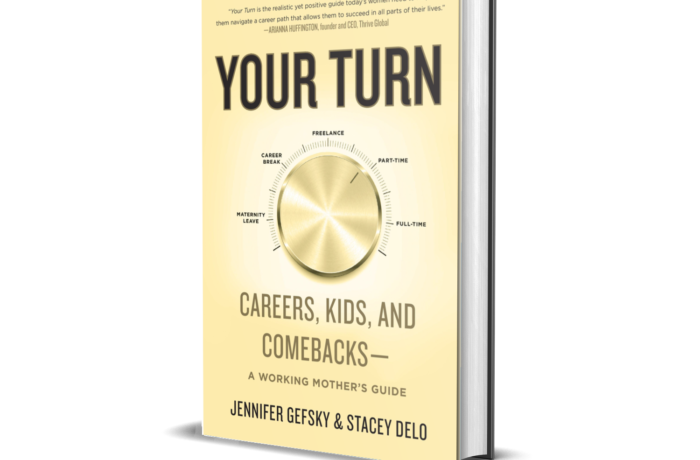When we had our first child, I started voraciously reading about all things childcare. It turns out there are a lot of different parenting styles with ardent followers. There are books and blogs and social media groups and endless sources of information on how to not screw up your children. Here’s the thing though. Every child is different. And every parent is different. So I chose from all the philosophies and mostly just learned to listen to and trust my intuition. One suggested technique we followed that made a ton of sense to me was creating a “Yes!” Space.
Babies and toddlers hear a lot of “No!” and “Don’t touch that!” and “Be careful!” A Yes Space is a carefully crafted area that is safe for babies and small children where everything is a “Yes!” Yes to moving your body freely, yes to experimenting with how you want to hold and use your toys, yes to staring off in wonder without interruption. Yes to falling down on a soft surface and getting back up again. Children then make discoveries about how the world works, how their bodies work, what they can do and how they learn – all on their own. The parent is not (in that moment) actively participating. This is how they build confidence, innovation, resilience, and coping skills.
In the case of a Yes Space for a baby/toddler, the boundaries are very clear, physical boundaries – a fence, a gate, a playpen. You’re either in or you’re out.
That’s the simple beauty of it. Within that well defined space, with limited options available, anything is possible.
As we get older and independently mobile, a physical Yes Space is clearly no longer practical. Parents have to ask, “How do I make the boundaries clear so my child can continue to thrive?” So that they continue to ask, “what’s possible here?” within the guardrails of a safe construct – which can look like strong values, trusting their gut/inner wisdom, foundational skills and experiences, and involved, interested family, friends and mentors. With age, the experimenting can come with increasingly higher stakes, so how to we ensure a soft landing?.
Just as with parenting, there are endless books, blogs and theories on workplace leadership. And, just as with parenting, it’s ultimately up to you as the leader to pick from each what works best for you and your own authentic leadership style. I’d suggest this premise of a “Yes!” Space is an element that should carry through into professional leadership.
If you research boundaries, you’ll find a lot of information on “No!” — having the courage to say no, how to say no with compassion, and how feeling resentment might be a sign that your boundaries are out of alignment. What if we reconsider boundaries as the creation of a Yes Space? How can we create an environment where everyone can be fully self-expressed, independent thinkers who are learning, discovering and building confidence through creativity and persistence — within their own bounds?
People who are continually asking what’s possible?
I craft every client session to be a Yes Space. If you had 30-minutes of clear, focused time to question “what’s possible?” what would you tackle? Sign up for a complimentary Power Call today and find out. www.marciaschlissel.com/powercalls
Read Striking a Boundaries Balance (The Case for “Yes”Spaces Part 2).






